Carbon Dioxide Monitors – how this cost-effective solution could help protect your colleagues and your customers from Covid-19
2021-09-02
Carbon Dioxide Monitors - how this cost-effective solution could help protect your colleagues and your customers from Covid-19
A question on everyone’s minds at the moment – how we can protect ourselves against Covid-19 and other viruses now that we are returning to a more familiar version of ‘the new normal’?
We’ve all heard of ‘hands, face, space’ and are now well averse to socially distancing ourselves from others, but there’s so much more we can do to protect ourselves against viruses now that we’re in much closer contact than we have been for the past 18 months.
Ensuring we have adequate Indoor Air Quality (IAQ) is becoming high up on the priority list, with a real concern for how we can properly ventilate the buildings we are in - something that S&P UK Ventilation are very passionate about.
A recent study carried out by our European R&D centre looked to shed some light on whether mechanical or natural ventilation should be used to improve air quality and curb the risk of contracting airborne diseases such as Covid in indoor environments.
The group of researchers found evidence which proves that mechanical ventilation systems reduce the risk of Covid aerosol transmission by half compared to natural ventilation, such as opening windows and doors.
But with that being said, we know that purchasing a new mechanical ventilation system for your indoor setting can be very costly.
How can you protect yourself against viruses without splashing the cash?
Something that can provide a cost-effective way of helping to identify spaces with poor ventilation is by purchasing a carbon dioxide (CO2) monitor.
CO2 is most commonly produced indoors by the air we exhale and can be of higher concentrate where there is poor ventilation, therefore creating poor IAQ.
By monitoring the amount of CO2 in a space, this can give an indication of the amount of air in a room that is exhaled breath and enable us to manage the ventilation required in a space.
It is worth mentioning though that whilst using CO2 monitors can be a great way to determine the amount of exhaled breath in the air so that you can take action to reduce these levels, they do not provide a way of measuring possible exposure to Covid-19 and other viruses.
So, how can I determine if the space I am using is properly ventilated?
To determine whether the space is well ventilated, the CO2 value shown on your monitor should be less than 800ppm. If your monitor is showing anything over 1500ppm over the occupied period in a space, it’s telling you that your room is poorly ventilated and you need to take action.
In situations where there is excess CO2 being produced, such as singing or high levels of physical activity, you’ll need to ensure CO2 levels are kept below 800ppm by providing sufficient ventilation which could include turning on any existing mechanical ventilation, or opening windows and doors where feasible.
Levels of CO2 in the air should be used as a guide to reviewing how much ventilation is required in a chosen space, rather than treating them as ‘safe thresholds’.
What options are available?
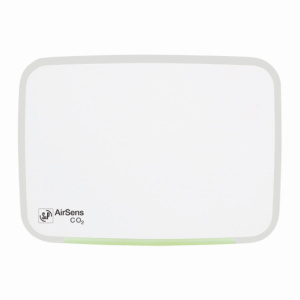
Our AirSens range is the first range of sensors designed and produced by ventilation experts with a minimalist design which can easily integrate into different environments.
Instead of needing to interpret the numbers though, AirSens makes reading the monitors easy with its traffic light style LED indicator which can let you know the IAQ of your space at a moment’s notice.
The AirSens CO2 is perfect for monitoring the quality of air in your building with a measurement range of between 450 – 2000ppm and is recommended for areas where occupancy can be variable during the day.
This range is also available in two other versions - volatile organic compounds (VOC) or relative humidity (RH).
Airsens VOC: This versatile version is best used in places like private offices and restaurants. The sensor reacts to sporadic changes to the accumulation of substance-derived odours; Volatile Organic Compounds such as alcohols, aldehydes, ketones and organic acids.
AirSens RH: This version is most efficient in highly humid areas such as bathrooms. The sensor recognises the relative humidity inside an area and is therefore recommended for places where this is variable or tends to be concentrated excessively.
Having a low cost option to help monitor levels of CO2 in the air is a great way to understand how ventilated a space is and reminds you to take action to ensure that the quality of air is most effective for the occupants.
As well as offering these expertly designed CO2 monitors, S&P have a range of products suitable for improving indoor air quality and ensuring spaces are properly ventilated.
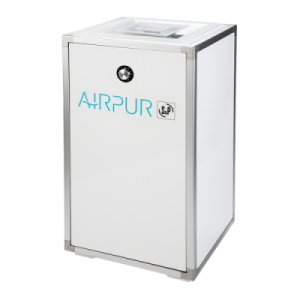
Our Airpur range is a new range of highly-efficient portable air purifiers with HEPA filters providing a filtration efficiency of up to 99.995%. These units are ideal for premises that do not have adequate ventilation systems or for businesses with spaces that lack advanced ventilation systems.
If you are looking to invest in a fully functional mechanical ventilation system, our large range of air handling or heat recovery units could be perfect for your requirements.
Contact us today to find out more about our product range.
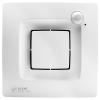 Bathroom Extract Fans
Bathroom Extract Fans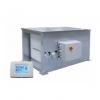 Air Handling Units
Air Handling Units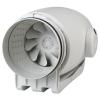 In-line Duct Fans
In-line Duct Fans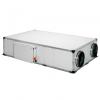 Heat Recovery Units
Heat Recovery Units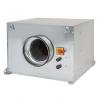 Acoustic Cabinet Fans
Acoustic Cabinet Fans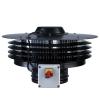 Roof mounted fans
Roof mounted fans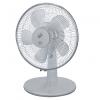 Comfort Cooling Range
Comfort Cooling Range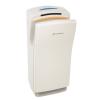 Hand and Hair Dryers
Hand and Hair Dryers 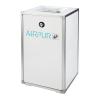 Air Purifiers
Air Purifiers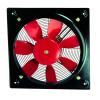 Plate Mounted Axial Flow
Plate Mounted Axial Flow 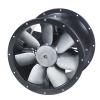 Cylindrical Cased Axial Flow Fans
Cylindrical Cased Axial Flow Fans 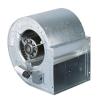 Centrifugal Direct Drive Fan
Centrifugal Direct Drive Fan 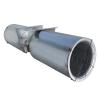 Parking Ventilation
Parking Ventilation 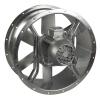 Smoke Extract Fans
Smoke Extract Fans 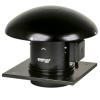 Atex Fans for Explosive Hazardous
Atex Fans for Explosive Hazardous  Heating Industrial Range
Heating Industrial Range 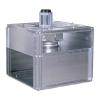 In-line Duct Fans
In-line Duct Fans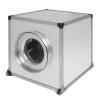 Acoustic Cabinet Fans
Acoustic Cabinet Fans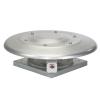 Roof mounted fans
Roof mounted fans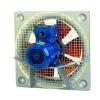 Atex Fans for Explosive Hazardous
Atex Fans for Explosive Hazardous 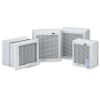 Wall or Window Extract Fans
Wall or Window Extract Fans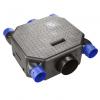 Whole house Extract Units
Whole house Extract Units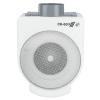 Kitchen Extract Fans
Kitchen Extract Fans 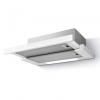 Kitchen Extract Hoods
Kitchen Extract Hoods 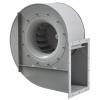 Backward curved centrifugal fans
Backward curved centrifugal fans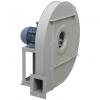 High pressure centrifugal fans with backward curved impeller
High pressure centrifugal fans with backward curved impeller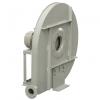 High pressure centrifugal fans with forward curved impeller
High pressure centrifugal fans with forward curved impeller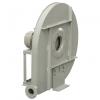 Centrifugal fans with forward curved impeller
Centrifugal fans with forward curved impeller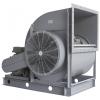 Double inlet centrifugal fans
Double inlet centrifugal fans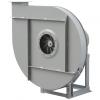 Radial Centrifugal fans for transportation of materials
Radial Centrifugal fans for transportation of materials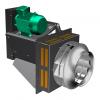 Centrifugal fans for furnace applications
Centrifugal fans for furnace applications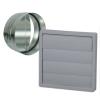 Mounting Accesories
Mounting Accesories  Electrical Accessories
Electrical Accessories
